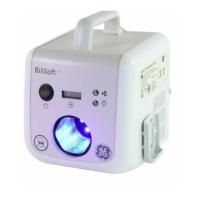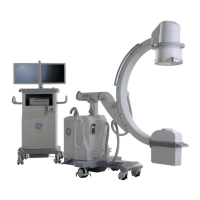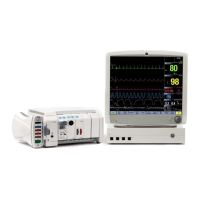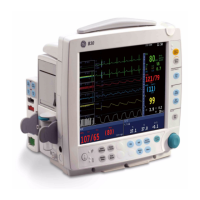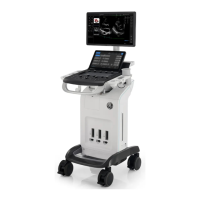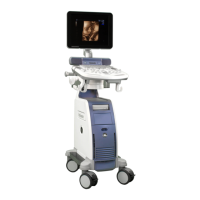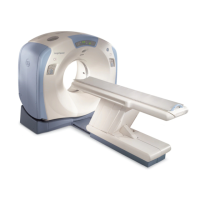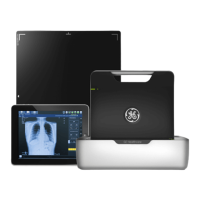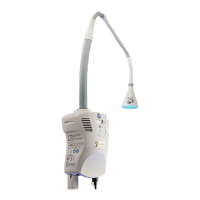111
Setting agent alarms
1. Press the Airway Gas key.
2. Select Agent/N2O Setup - Agent Alarm.
3. Select Adjust Limits to set up the limits.
4. Select EtAA Alarm, FiAA Alarm to OFF/ON the limits.
5. You can also select Alarms Setup to adjust agent or related
alarms.
Minimum Alveolar Concentration (MAC) and balance gas
NOTE: B40 only.
The minimum alveolar conentration (MAC) concept is based on the
assumption that in a steady state, the alveolar partial pressure of a
gas is equal to the partial pressure in the effector organ of the
central nervous system. MAC values are used to estimate the level of
anesthesia caused by volatile anesthetics. The MACage takes
patient’s age and temperature into account.
End-tidal balance gas (EtBal) is the percentage of gas concentration
not measured by the gas sensors. An increased balance gas value
may indicate the amount of nitrogen flushed out from the patient
into the circuit. The increase may be due to an accumulation of
nitrogen during low flow anesthesia.
The MAC/MACage and balance gas can be selected during digit
fields set up and are displayed in the digit fields of the monitor.
Airway gases calculations
• MAC=
where AA
1
=primary agent, AA
2
=secondary agent, x(AA) is
Hal=0.75%, Enf=1.7%, Iso=1.15%, Sev=2.05%, Des=6.0% and
N
2
O=100%.
• MACage (volatile agent) = (0.05T-0.85) A (1.32 x 10
-0.00303age
)
where T=temperature, A=MAC
• MACage (N2O) =
• Balance gas (EtBal) = 100-EtCO
2
-EtO
2
-EtN
2
O-EtAA
(pri)
-EtAA
(sec)
where EtAA
(pri)
and EtAA
(sec)
are the primary and secondary end
tidal values for the measured anesthetic agent.
atmN2O
1.14 1.378 10
0.00347age–
×()
-----------------------------------------------------------------
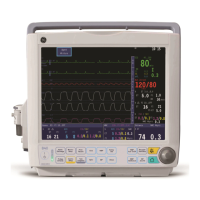
